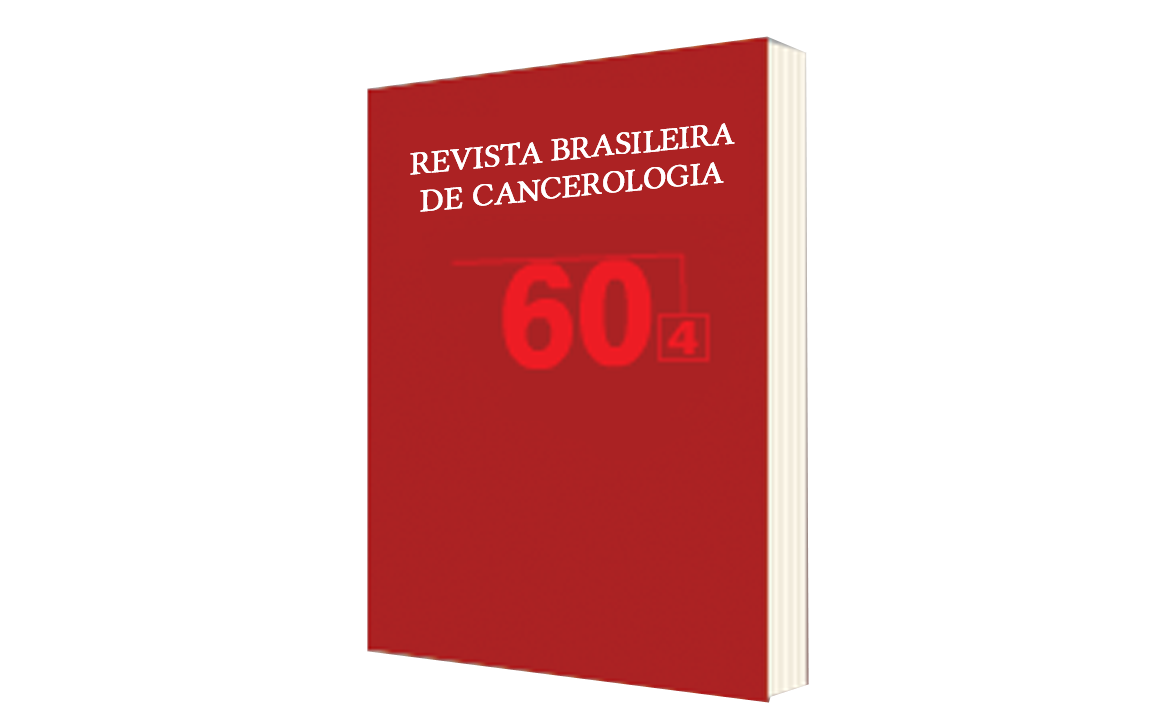Embryonal Rhabdomyosarcoma: Case Report with a 15-year Survival and Literature Review
DOI:
https://doi.org/10.32635/2176-9745.RBC.2014v60n4.458Keywords:
Rhabdomyosarcoma, Embryonal/prevention & control, Rhabdomyosarcoma, Embryonal/drug therapy, Rhabdomyosarcoma, Embryonal/radiotherapy, Dental Care, Parotid Region, Case ReportsAbstract
Introduction: Head and neck rhabdomyosarcoma is the most common soft tissue sarcoma in children. Treatment planning for rhabdomyosarcoma depends on site disease, extent of the disease, and whether or not there is metastasis. The treatment can cause several late side effects in the head and neck, especially in the oral cavity. The prevention and control of these sequelae ensure a better quality of life for the patient. Case report: This report describes a case of parameningeal embryonal rhabdomyosarcoma in the parotid site diagnosed in a three-year-old boy who was treated with chemotherapy and radiotherapy. This patient received dental care as a multidisciplinary treatment. He presented a good response and was in follow-up without relapse of disease for 15 years. The later sequelae in face and oral cavity were: early root closure, incomplete rhizogenesis in all teeth, tooth agenesis, multiple impacted teeth, hypoplasia of facial bones, and trismus. However, he had a satisfactory quality of life, maintenance of chewing ability, having attended school and developed a good social life. Conclusion: The head and neck rhabdomyosarcoma is associated with late sequelae resulting from treatment. A multidisciplinary approach is important for the prevention and control of sequelae and to provide a better quality of life for the patient.









